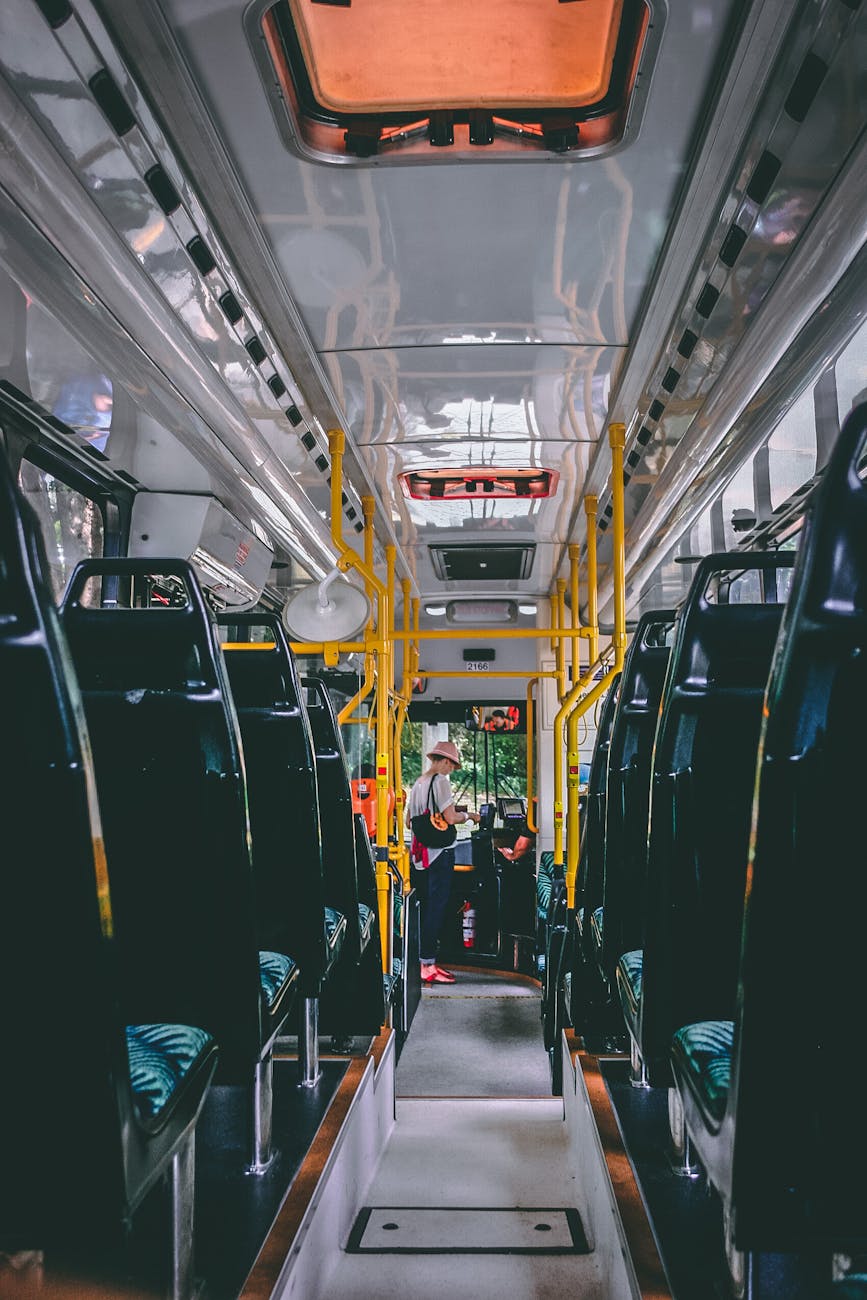The other night, I was waiting for the Minnesota United vs. Portland Timbers match to start on Apple TV. The screen hadn’t gone live yet, so there was the usual pregame placeholder: “The game will begin shortly.” Nothing revolutionary—except it wasn’t just in English. It was in multiple languages.
Just a quiet, rotating message that said: “We see you. You’re included.”
And it made me think—why don’t we do this everywhere?
A Bus Ride I Won’t Forget
Last week, I was riding the bus through Minneapolis. I noticed a woman with two young children. They were struggling to understand why the bus wasn’t stopping at the location she expected. She looked confused and increasingly distressed.
From what I could tell, she didn’t speak English, or at least not fluently. She clearly didn’t understand the driver’s responses or the automated announcements. Her kids looked just as lost.
This wasn’t a case of someone zoning out and missing their stop. This was a breakdown in communication—one that could’ve been avoided if our transit system acknowledged the city’s rich multilingual population.
Minneapolis Isn’t Monolingual. So Why Is Our Transit System?
Minneapolis is home to large Somali, Hmong, Spanish-speaking, Oromo, and Amharic communities. And yet Metro Transit, like most U.S. public transit systems, communicates primarily in English.
Let’s be honest—who is that really serving?
Apple TV can take the time to translate “the game will begin shortly” into multiple languages. They do this before a soccer match. Then surely a public transit system can do the same. It should help people trying to get to work, school, the grocery store—or just home.
And it’s not like this is uncharted territory. In fact, transit systems around the world are already doing this better than we are.
How It’s Done Around the World
When I visited Canada, every single transit announcement I heard was in both English and French. Sure, those are the country’s official languages, but it’s still a prime example of how baked-in language access can be. It sends the message: You’re not an afterthought.
Japan took it a step further leading up to the Tokyo Olympics. According to Kyodo News train stations across the country added signage and announcements In Japanese, English, Chinese, and Korean. This was not just for tourists, but for a globally connected population. They understood that access means everyone can navigate independently.
And it’s not limited to subways. Airports across the world, from Europe to Asia, are far more likely to offer clear signage. They often provide multilingual signage compared to most American transit systems. That’s because in many places, multilingual infrastructure isn’t a novelty it’s the standard.
This kind of inclusion isn’t just functional—it’s intentional. According to Modulex, signage is more than just instruction; it’s a message of belonging. And if the signs and announcements only speak one language, what message are we sending? the dominant language. So they build systems that reflect reality instead of ignoring it.
Why Aren’t We Doing This?
There are a few reasons you’ll hear tossed around:
- Budget constraints. (“We can’t afford that.”)
- Technical limitations. (“Our announcement system is too old.”)
- Thinly veiled xenophobia. (“If you’re here, you should speak English.”)
But let’s be real: those are excuses, not explanations. If we can add WiFi to buses, we can update a few audio files. If we can add QR codes to shelters, we can update digital displays.
Multilingual signage and communication don’t just make things easier—they build trust. As House of Signs puts it, these tools “break barriers and bridge cultures.” They create spaces that feel safer. These spaces become more welcoming to everyone who uses them. trust. If people don’t feel seen or understood, they’re less likely to rely on a system that doesn’t work for them.
What Needs to Change
Here’s what Metro Transit—and any transit system—could start doing tomorrow:
- Add bilingual announcements (English + Spanish) as the baseline.
- Expand to include Somali, Hmong, and other locally relevant languages.
- Use digital signage to rotate announcements visually in multiple languages.
- Work with community partners to co-create solutions that work for real people not theoretical riders in a planning spreadsheet.
Language Access Isn’t a Bonus It’s a Right
That mom on the bus didn’t need a translator or a heroic bystander. She needed a system that saw her coming and made space for her to get where she was going.
If we truly want to be a city that works for everyone, then we must include everyone. This includes the languages they speak, read, and understand.
Let’s stop pretending that monolingual transit is good enough. It isn’t. We can improve. The first step might be as simple as saying, “The next stop is Lake Street…” in more than one language.

Leave a Reply